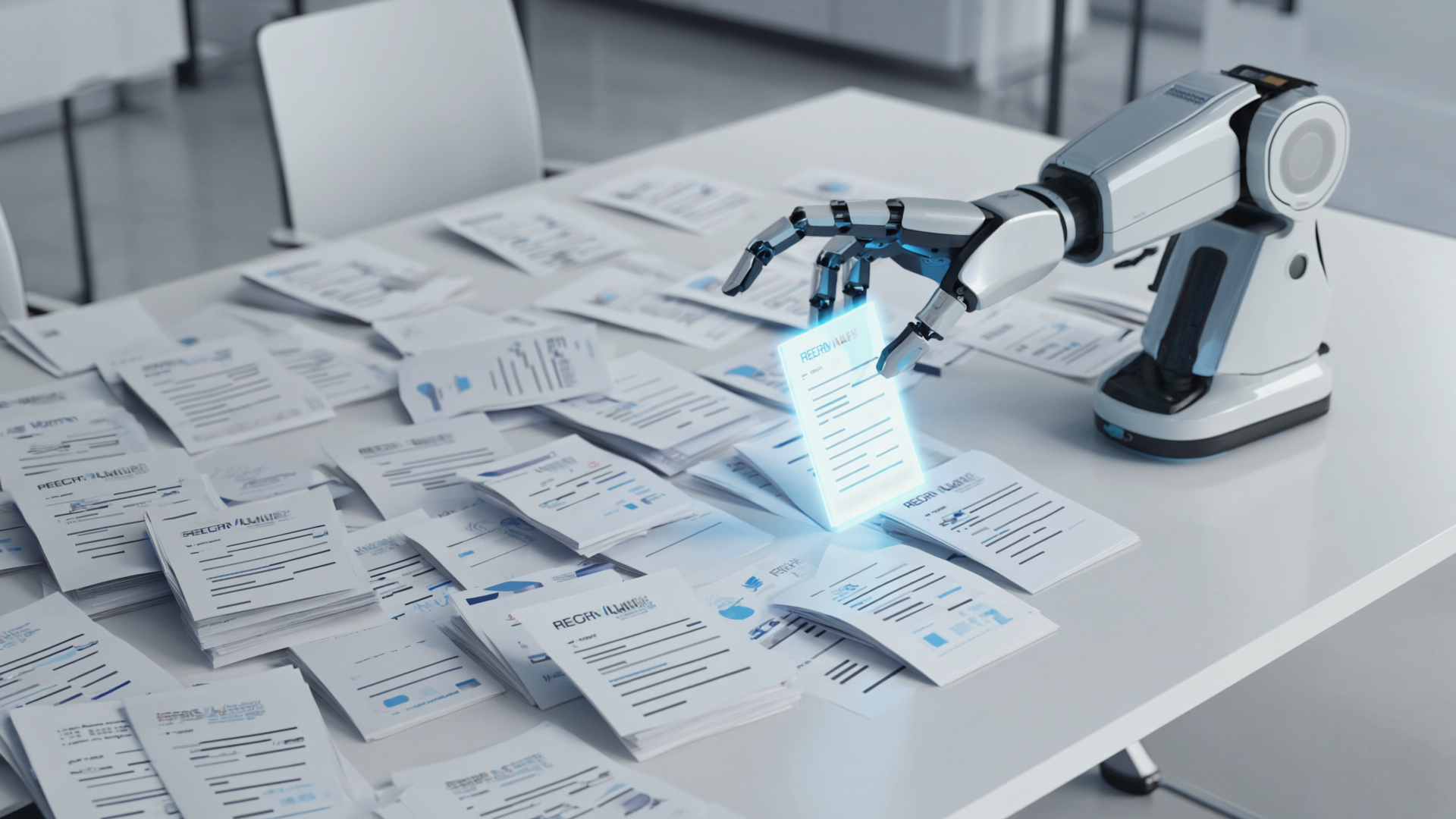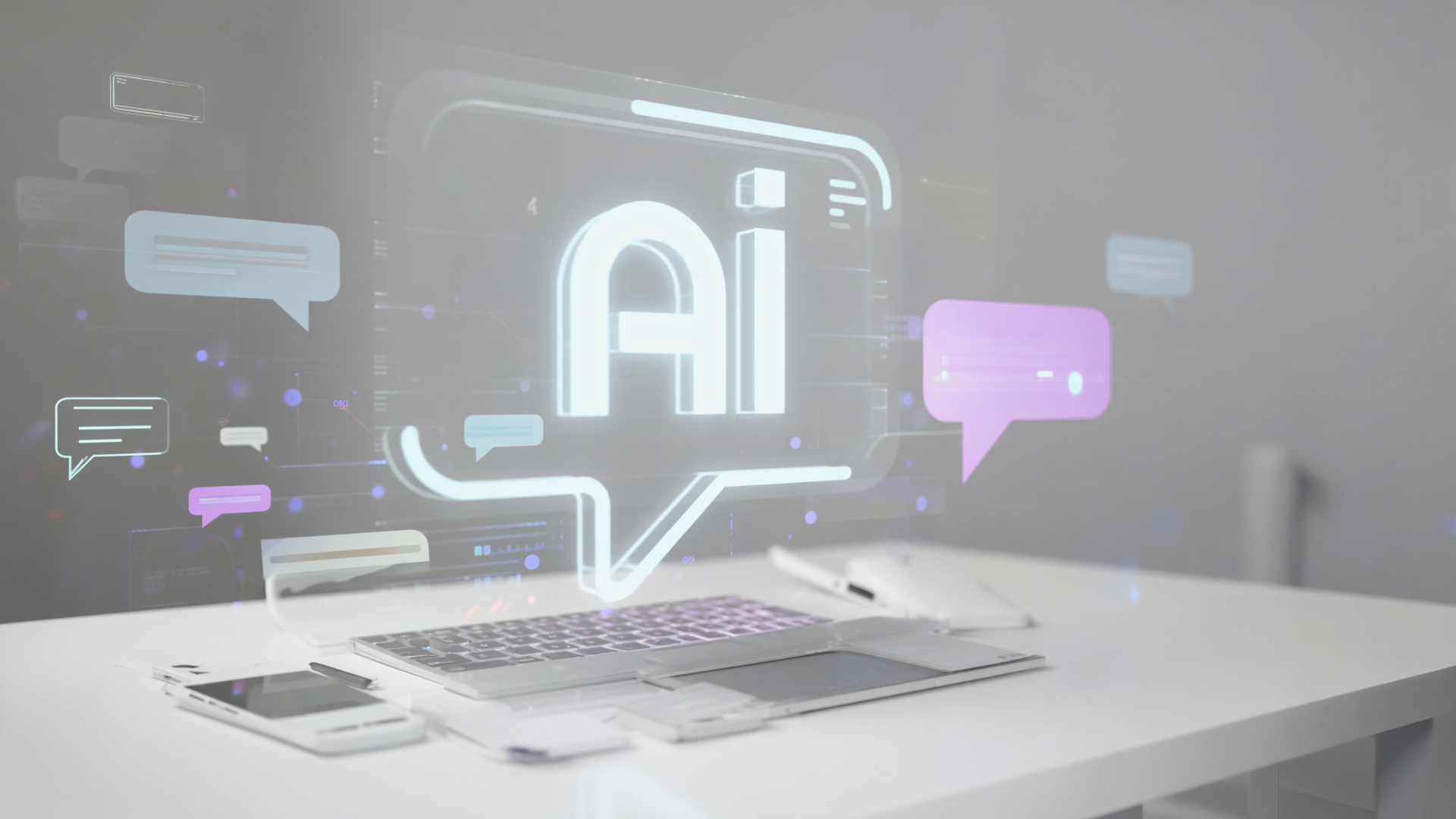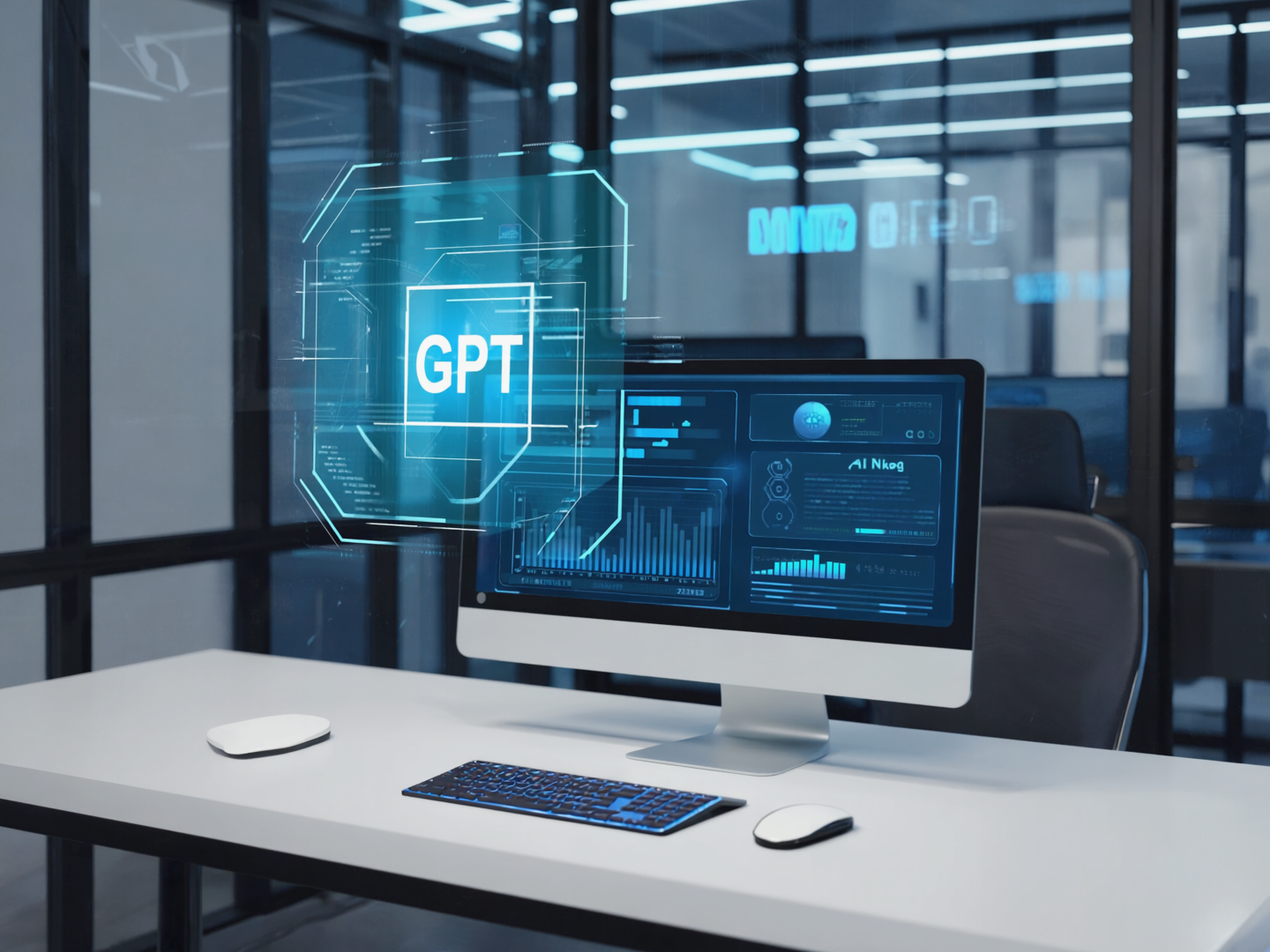
AI, Data Science, Machine Learning
Introduction
In the fast-paced world of technology, Artificial Intelligence (AI), Data Science, and Machine Learning (ML) stand out as pivotal forces driving innovation across various sectors. These domains, while interconnected, offer distinct methodologies and applications that are reshaping industries, enhancing decision-making processes, and addressing complex challenges. One such challenge is the Traveling Salesman Problem (TSP), which highlights the intricate nature of computational problems and the potential of AI-driven solutions. This article delves into the essence of AI, Data Science, and ML, exploring their significance, industry impact, and future implications.

Key Points and Analysis
AI, at its core, involves the creation of systems capable of performing tasks that typically require human intelligence. It encompasses a range of technologies, including natural language processing, computer vision, and robotics. Machine Learning, a subset of AI, focuses on developing algorithms that enable computers to learn from and make predictions based on data. Data Science, meanwhile, is an interdisciplinary field that uses scientific methods, processes, and algorithms to extract knowledge and insights from structured and unstructured data.
The Traveling Salesman Problem (TSP) serves as a classic example of a computational challenge that AI and ML can address. TSP involves finding the shortest possible route that visits a set of cities exactly once and returns to the origin city. Despite its seemingly straightforward premise, TSP is classified as NP-Complete, indicating that the complexity of solving it increases exponentially with the number of cities. Traditional approaches struggle with scalability, making heuristic and AI-driven methods attractive alternatives.
One innovative approach to solving TSP is through the use of Self-Organizing Maps (SOM), a type of artificial neural network. SOM mimics the brain's way of organizing spatial information, providing a visualization tool that can help identify sub-optimal solutions to TSP. While not guaranteeing an optimal solution, SOM demonstrates the power of AI in tackling complex problems by offering practical, efficient solutions that are "good enough" for real-world applications.
Industry Impact and Applications
AI, Data Science, and Machine Learning have a profound impact across various industries. In logistics and supply chain management, for example, these technologies enable route optimization, demand forecasting, and inventory management. The application of SOM in solving TSP can significantly enhance delivery efficiency, reduce costs, and improve customer satisfaction.
In healthcare, AI-driven data analysis aids in predictive diagnostics, personalized medicine, and operational efficiency. By leveraging vast amounts of clinical data, AI systems can identify patterns and anomalies, providing actionable insights that improve patient outcomes.
Financial services also benefit from AI and ML, where they are used for risk management, fraud detection, and algorithmic trading. The ability to process and analyze vast datasets in real-time allows financial institutions to make informed decisions and mitigate risks effectively.
Future Implications
The future of AI, Data Science, and Machine Learning is promising, with ongoing advancements poised to further revolutionize industries. As computational power increases and data availability expands, these technologies will become even more integral to solving complex, real-world problems.
Emerging fields such as quantum computing may also enhance the capabilities of AI and ML, offering new ways to tackle NP-Complete problems like TSP. Moreover, the ethical considerations surrounding AI, such as bias, privacy, and accountability, will become increasingly important as these technologies permeate every aspect of society.

Conclusion
AI, Data Science, and Machine Learning are transformative forces that continue to shape the technological landscape. By addressing complex challenges like the Traveling Salesman Problem through innovative approaches like Self-Organizing Maps, these fields demonstrate their potential to drive efficiency and innovation across industries. As we look to the future, the ongoing evolution of these technologies promises to unlock new possibilities, making them indispensable tools in the quest for progress and excellence.
aecenas sollicitudin purus id leo vehicula lacinia quam vulputate dapibus fermentum metus, nec euismod nulla dapibus nasac metus nunc rabitur euntum




